Heather moorland is *wonderful* when managed for wildlife. BUT I’ve fallen for some widely shared ’facts’ that aren’t quite what they seem. I try to do my research well but this time I rushed & missed some key things, so I’d like to share a few corrections if I may  https://abs.twimg.com/emoji/v2/... draggable="false" alt="😊" title="Lächelndes Gesicht mit lächelnden Augen" aria-label="Emoji: Lächelndes Gesicht mit lächelnden Augen">
https://abs.twimg.com/emoji/v2/... draggable="false" alt="😊" title="Lächelndes Gesicht mit lächelnden Augen" aria-label="Emoji: Lächelndes Gesicht mit lächelnden Augen">  https://abs.twimg.com/emoji/v2/... draggable="false" alt="⬇️" title="Pfeil nach unten" aria-label="Emoji: Pfeil nach unten">
https://abs.twimg.com/emoji/v2/... draggable="false" alt="⬇️" title="Pfeil nach unten" aria-label="Emoji: Pfeil nach unten">
(1/7)
(1/7)
(2/7) Firstly, I’ve fallen for the ’75% of moorland is here in the UK’ figure that’s all over the internet - thanks to everyone who pointed out this excellent blog by @LandEthics which shows it’s not quite that straight forward! Do give it a read: https://landethicsblog.wordpress.com/2019/09/17/no-moor-myths/">https://landethicsblog.wordpress.com/2019/09/1...
(3/7) To clarify my point about moorland being an important habitat for wildlife (eg hen harriers, lesser twayblades, cowberry) for me the term has always included peat bogs & copses. Without bogs peat isn’t formed. A balance between bogs, copses & heath supports lots of wildlife
(4/7) Draining bogs to create more dry heath disrupts this balance & reduces peat formation - absolutely not okay  https://abs.twimg.com/emoji/v2/... draggable="false" alt="🙅🏼♂️" title="Mann gestikuliert „Nicht OK“ (mittelheller Hautton)" aria-label="Emoji: Mann gestikuliert „Nicht OK“ (mittelheller Hautton)"> While heather often grows on carbon-storing peat, peat’s formed in bogs. The bogs take the carbon out of the air, the heather just likes to sit on it
https://abs.twimg.com/emoji/v2/... draggable="false" alt="🙅🏼♂️" title="Mann gestikuliert „Nicht OK“ (mittelheller Hautton)" aria-label="Emoji: Mann gestikuliert „Nicht OK“ (mittelheller Hautton)"> While heather often grows on carbon-storing peat, peat’s formed in bogs. The bogs take the carbon out of the air, the heather just likes to sit on it
(5/7) Another fact that’s widely used (incl. by me) is ‘moorland is rarer than rainforest’. While this may be true, on reflection it’s not the most useful comparison. Rainforest has considerably higher biodiversity and in reality lots of habitats will be rarer than rainforest
(6/7) Sorry for all the confusion and - just to clarify - I’m 100% against grouse shooting, it’s just awful. I hope this clears things up a bit, I’m generally a very careful researcher but we all make mistakes!  https://abs.twimg.com/emoji/v2/... draggable="false" alt="🥴" title="Woozy face" aria-label="Emoji: Woozy face">
https://abs.twimg.com/emoji/v2/... draggable="false" alt="🥴" title="Woozy face" aria-label="Emoji: Woozy face"> https://abs.twimg.com/emoji/v2/... draggable="false" alt="🙃" title="Auf den Kopf gestelltes Gesicht" aria-label="Emoji: Auf den Kopf gestelltes Gesicht">
https://abs.twimg.com/emoji/v2/... draggable="false" alt="🙃" title="Auf den Kopf gestelltes Gesicht" aria-label="Emoji: Auf den Kopf gestelltes Gesicht">
(7/7) One thing I maintain though is that heather is just the BEST for an afternoon nap, do find a nice squashy spot and give it a try sometime  https://abs.twimg.com/emoji/v2/... draggable="false" alt="🤗" title="Umarmendes Gesicht" aria-label="Emoji: Umarmendes Gesicht">
https://abs.twimg.com/emoji/v2/... draggable="false" alt="🤗" title="Umarmendes Gesicht" aria-label="Emoji: Umarmendes Gesicht">
(But always check for ticks!)
(But always check for ticks!)

 Read on Twitter
Read on Twitter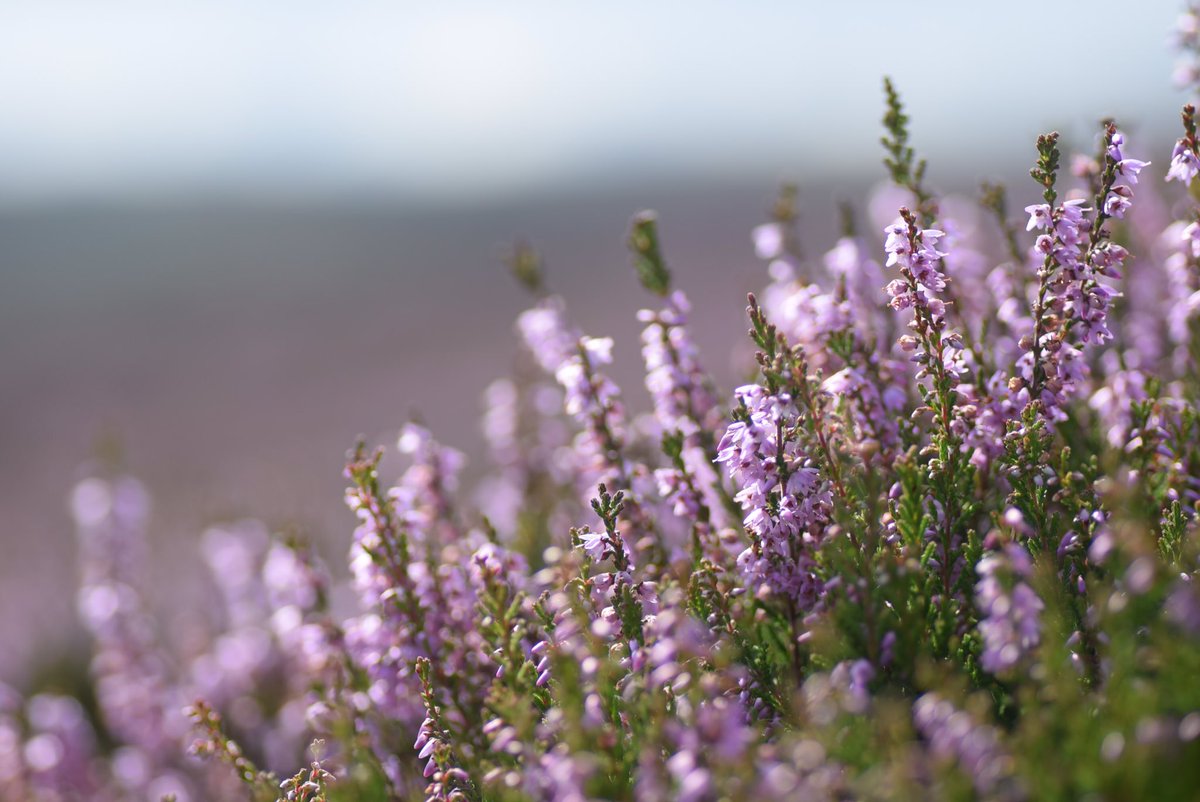 https://abs.twimg.com/emoji/v2/... draggable="false" alt="⬇️" title="Pfeil nach unten" aria-label="Emoji: Pfeil nach unten">(1/7)" title="Heather moorland is *wonderful* when managed for wildlife. BUT I’ve fallen for some widely shared ’facts’ that aren’t quite what they seem. I try to do my research well but this time I rushed & missed some key things, so I’d like to share a few corrections if I may https://abs.twimg.com/emoji/v2/... draggable="false" alt="😊" title="Lächelndes Gesicht mit lächelnden Augen" aria-label="Emoji: Lächelndes Gesicht mit lächelnden Augen"> https://abs.twimg.com/emoji/v2/... draggable="false" alt="⬇️" title="Pfeil nach unten" aria-label="Emoji: Pfeil nach unten">(1/7)" class="img-responsive" style="max-width:100%;"/>
https://abs.twimg.com/emoji/v2/... draggable="false" alt="⬇️" title="Pfeil nach unten" aria-label="Emoji: Pfeil nach unten">(1/7)" title="Heather moorland is *wonderful* when managed for wildlife. BUT I’ve fallen for some widely shared ’facts’ that aren’t quite what they seem. I try to do my research well but this time I rushed & missed some key things, so I’d like to share a few corrections if I may https://abs.twimg.com/emoji/v2/... draggable="false" alt="😊" title="Lächelndes Gesicht mit lächelnden Augen" aria-label="Emoji: Lächelndes Gesicht mit lächelnden Augen"> https://abs.twimg.com/emoji/v2/... draggable="false" alt="⬇️" title="Pfeil nach unten" aria-label="Emoji: Pfeil nach unten">(1/7)" class="img-responsive" style="max-width:100%;"/>
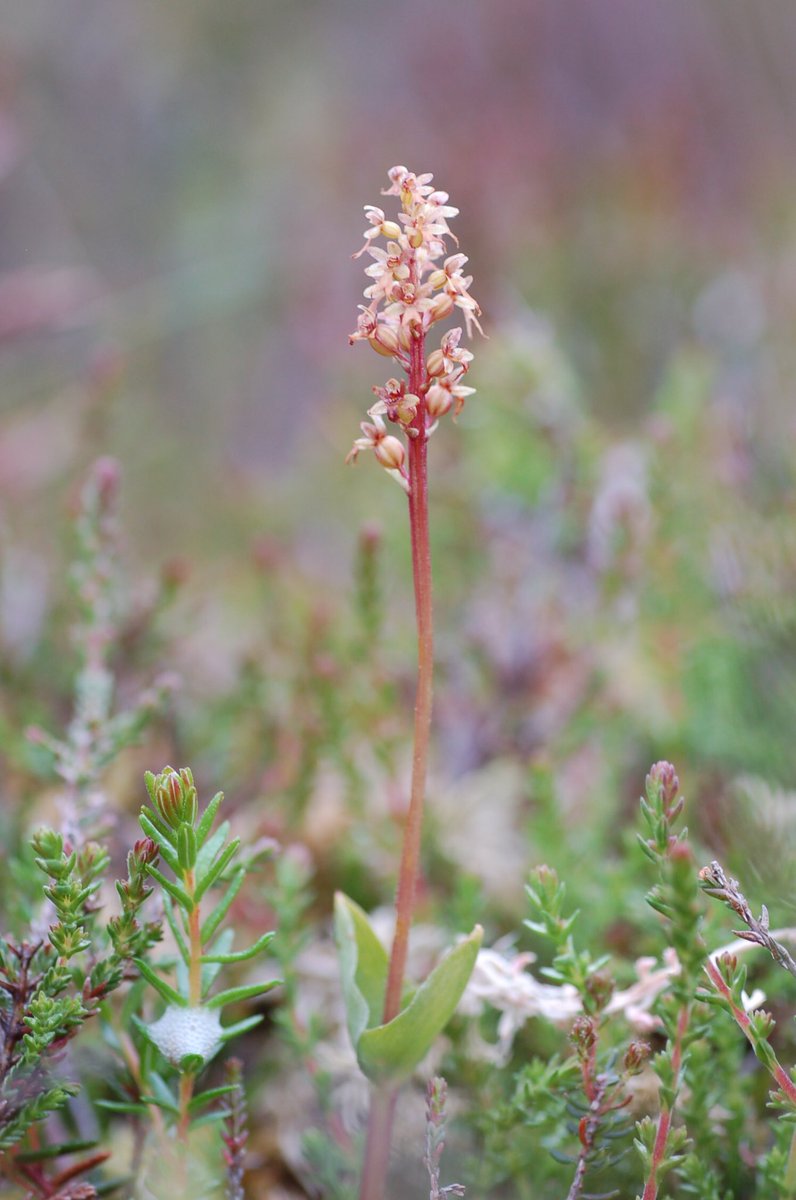
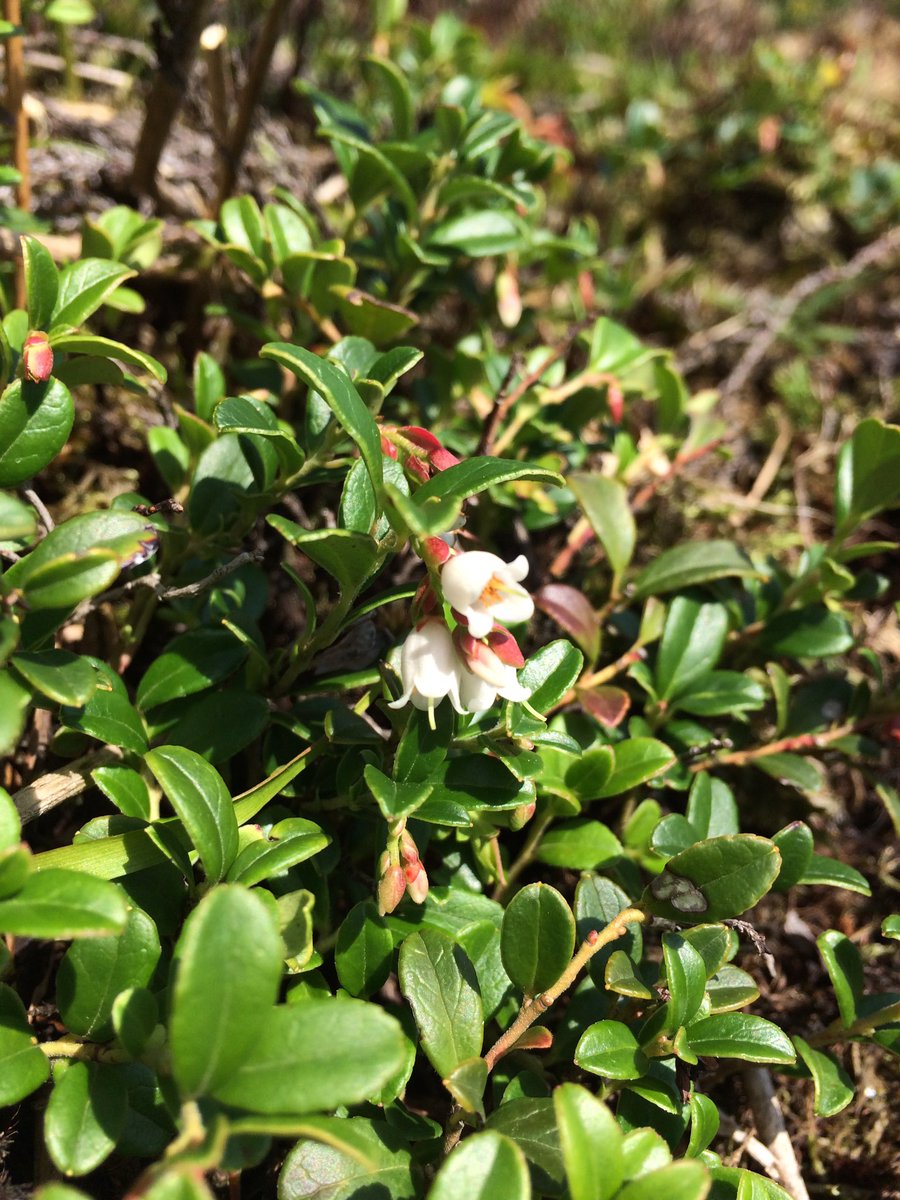
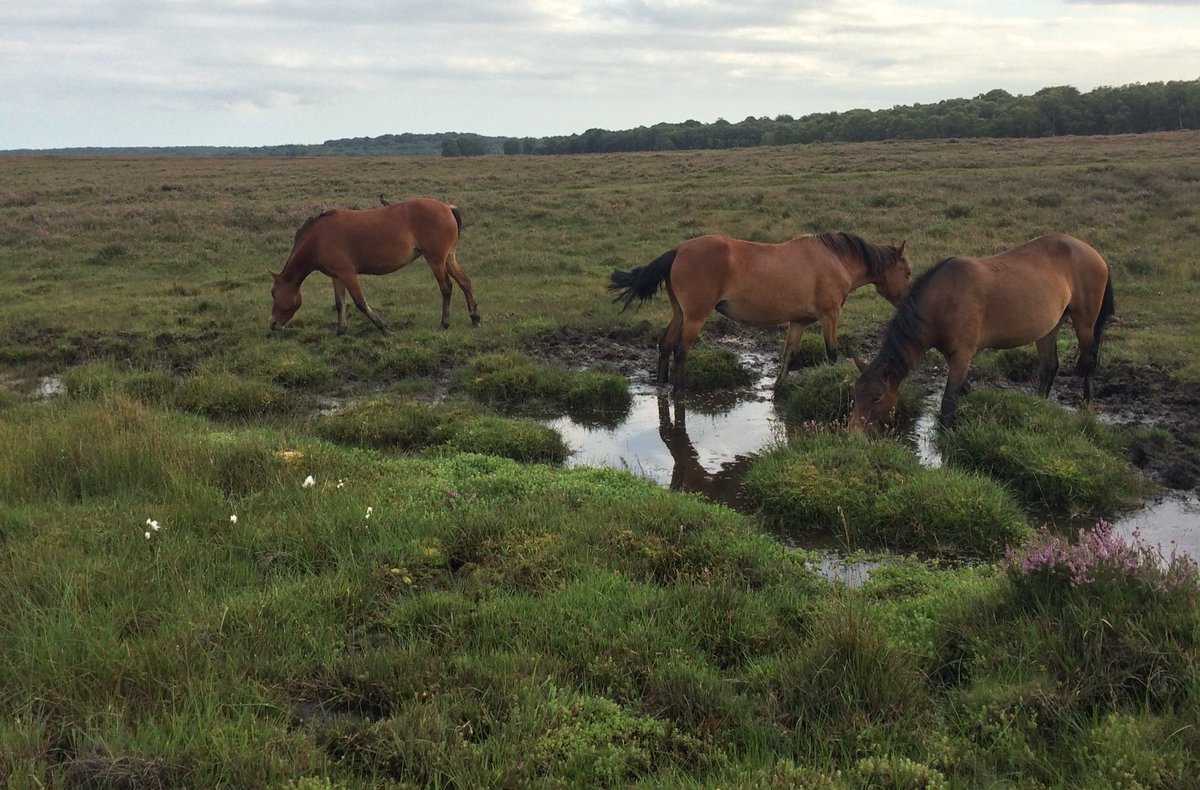 While heather often grows on carbon-storing peat, peat’s formed in bogs. The bogs take the carbon out of the air, the heather just likes to sit on it" title="(4/7) Draining bogs to create more dry heath disrupts this balance & reduces peat formation - absolutely not okay https://abs.twimg.com/emoji/v2/... draggable="false" alt="🙅🏼♂️" title="Mann gestikuliert „Nicht OK“ (mittelheller Hautton)" aria-label="Emoji: Mann gestikuliert „Nicht OK“ (mittelheller Hautton)"> While heather often grows on carbon-storing peat, peat’s formed in bogs. The bogs take the carbon out of the air, the heather just likes to sit on it" class="img-responsive" style="max-width:100%;"/>
While heather often grows on carbon-storing peat, peat’s formed in bogs. The bogs take the carbon out of the air, the heather just likes to sit on it" title="(4/7) Draining bogs to create more dry heath disrupts this balance & reduces peat formation - absolutely not okay https://abs.twimg.com/emoji/v2/... draggable="false" alt="🙅🏼♂️" title="Mann gestikuliert „Nicht OK“ (mittelheller Hautton)" aria-label="Emoji: Mann gestikuliert „Nicht OK“ (mittelheller Hautton)"> While heather often grows on carbon-storing peat, peat’s formed in bogs. The bogs take the carbon out of the air, the heather just likes to sit on it" class="img-responsive" style="max-width:100%;"/>
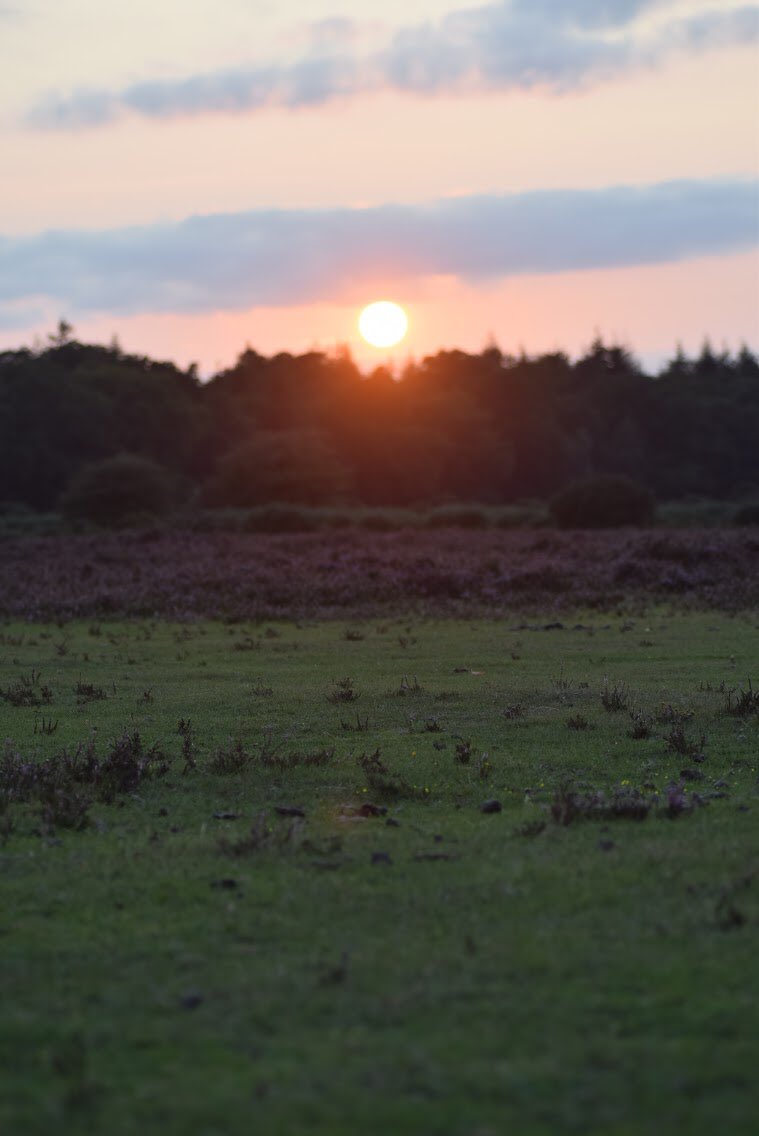
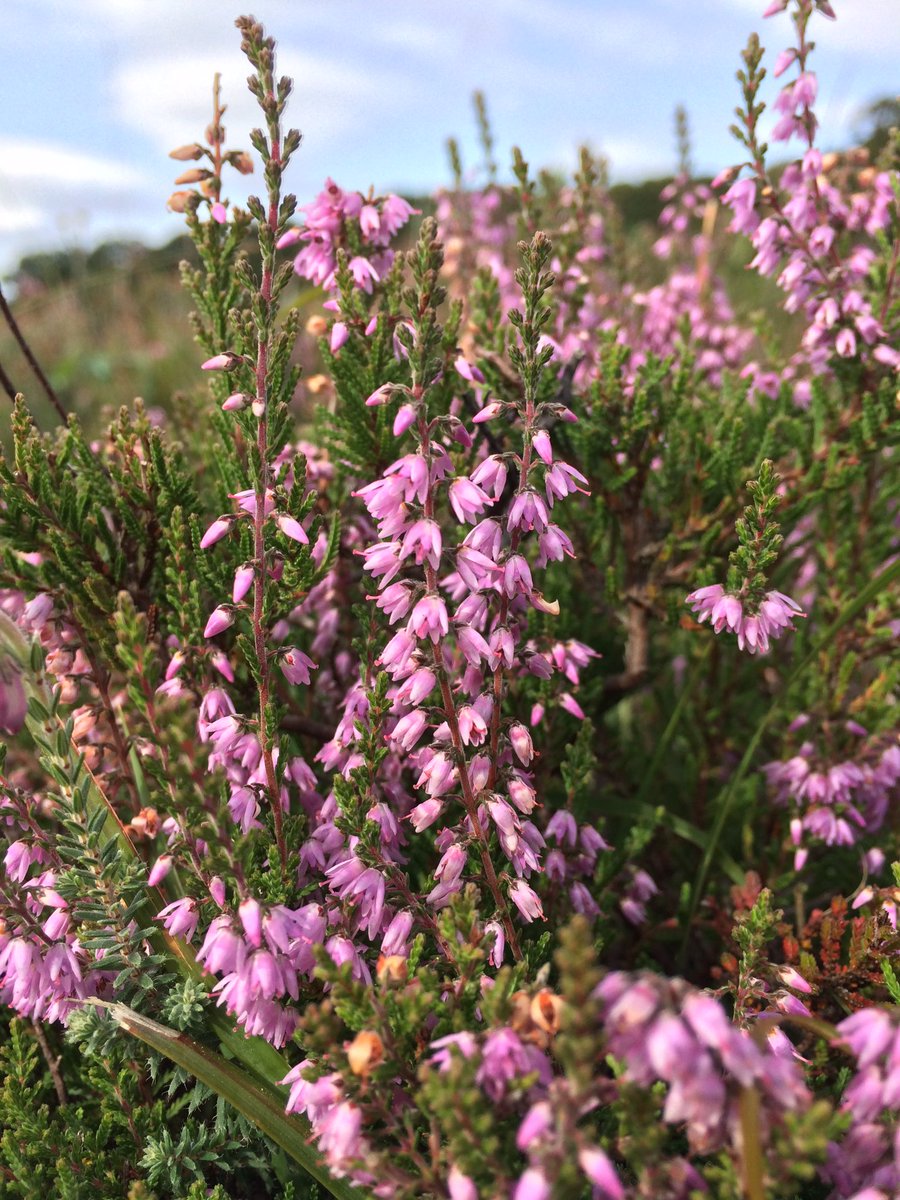
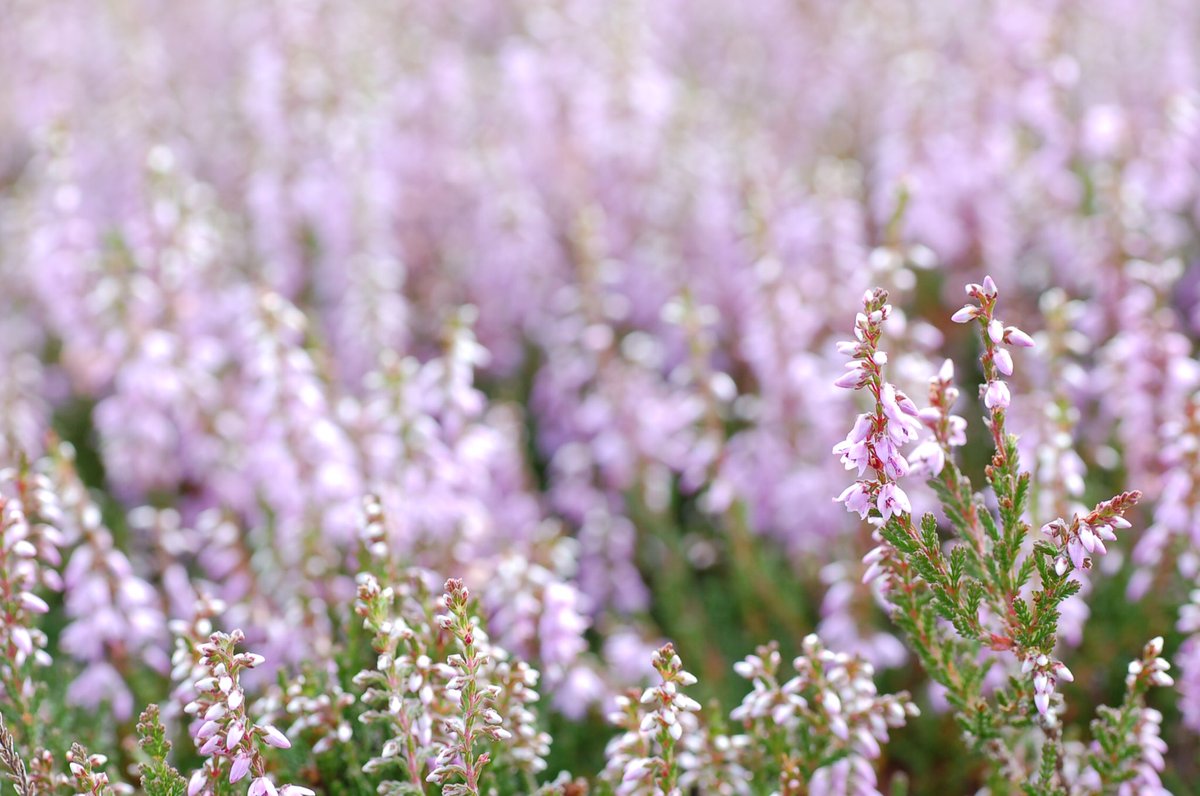 https://abs.twimg.com/emoji/v2/... draggable="false" alt="🙃" title="Auf den Kopf gestelltes Gesicht" aria-label="Emoji: Auf den Kopf gestelltes Gesicht">" title="(6/7) Sorry for all the confusion and - just to clarify - I’m 100% against grouse shooting, it’s just awful. I hope this clears things up a bit, I’m generally a very careful researcher but we all make mistakes! https://abs.twimg.com/emoji/v2/... draggable="false" alt="🥴" title="Woozy face" aria-label="Emoji: Woozy face">https://abs.twimg.com/emoji/v2/... draggable="false" alt="🙃" title="Auf den Kopf gestelltes Gesicht" aria-label="Emoji: Auf den Kopf gestelltes Gesicht">" class="img-responsive" style="max-width:100%;"/>
https://abs.twimg.com/emoji/v2/... draggable="false" alt="🙃" title="Auf den Kopf gestelltes Gesicht" aria-label="Emoji: Auf den Kopf gestelltes Gesicht">" title="(6/7) Sorry for all the confusion and - just to clarify - I’m 100% against grouse shooting, it’s just awful. I hope this clears things up a bit, I’m generally a very careful researcher but we all make mistakes! https://abs.twimg.com/emoji/v2/... draggable="false" alt="🥴" title="Woozy face" aria-label="Emoji: Woozy face">https://abs.twimg.com/emoji/v2/... draggable="false" alt="🙃" title="Auf den Kopf gestelltes Gesicht" aria-label="Emoji: Auf den Kopf gestelltes Gesicht">" class="img-responsive" style="max-width:100%;"/>
 (But always check for ticks!)" title="(7/7) One thing I maintain though is that heather is just the BEST for an afternoon nap, do find a nice squashy spot and give it a try sometime https://abs.twimg.com/emoji/v2/... draggable="false" alt="🤗" title="Umarmendes Gesicht" aria-label="Emoji: Umarmendes Gesicht">(But always check for ticks!)">
(But always check for ticks!)" title="(7/7) One thing I maintain though is that heather is just the BEST for an afternoon nap, do find a nice squashy spot and give it a try sometime https://abs.twimg.com/emoji/v2/... draggable="false" alt="🤗" title="Umarmendes Gesicht" aria-label="Emoji: Umarmendes Gesicht">(But always check for ticks!)">
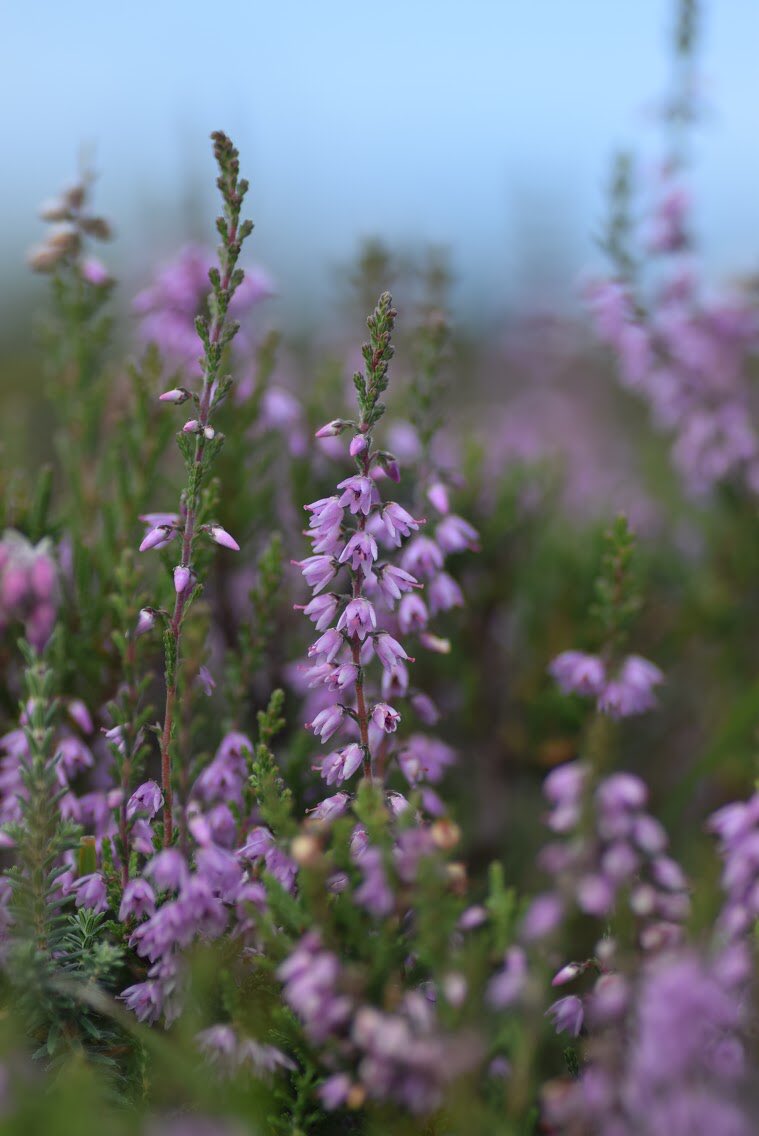 (But always check for ticks!)" title="(7/7) One thing I maintain though is that heather is just the BEST for an afternoon nap, do find a nice squashy spot and give it a try sometime https://abs.twimg.com/emoji/v2/... draggable="false" alt="🤗" title="Umarmendes Gesicht" aria-label="Emoji: Umarmendes Gesicht">(But always check for ticks!)">
(But always check for ticks!)" title="(7/7) One thing I maintain though is that heather is just the BEST for an afternoon nap, do find a nice squashy spot and give it a try sometime https://abs.twimg.com/emoji/v2/... draggable="false" alt="🤗" title="Umarmendes Gesicht" aria-label="Emoji: Umarmendes Gesicht">(But always check for ticks!)">


